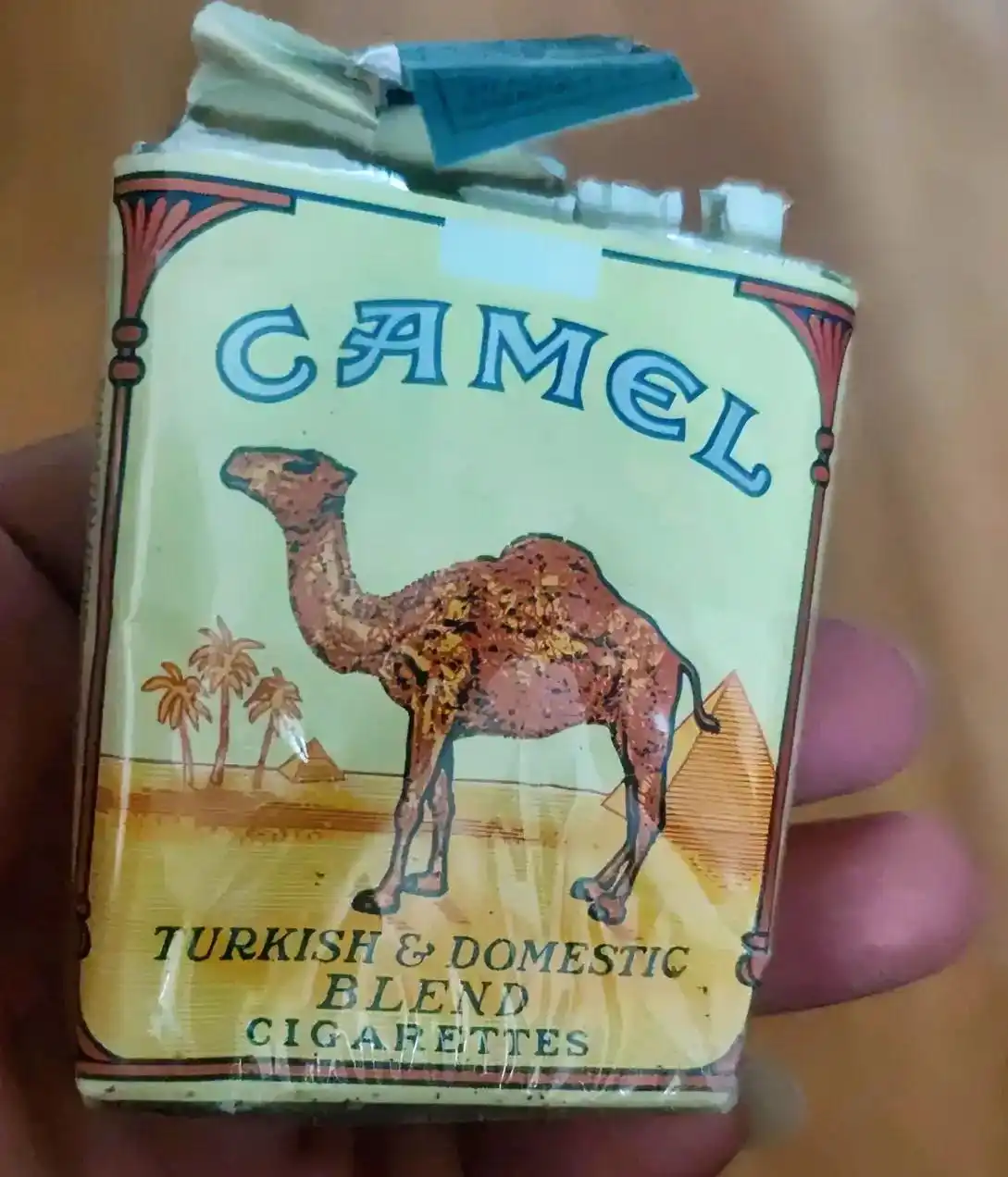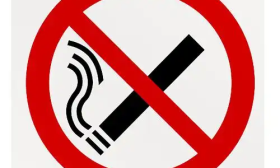Unraveling the Link: How Smoking Exposure Undermines Drug Therapy for Recurrent Wheezing in Children
The sound of a child struggling to breathe, a persistent wheeze whistling from their chest, is a profound source of anxiety for any parent. Recurrent wheezing in children is not a single disease but a common symptom of underlying airway inflammation and hyperresponsiveness, often associated with conditions like asthma or viral-induced respiratory conditions. For countless families, managing this involves a carefully calibrated regimen of drug therapy, a lifeline aimed at controlling symptoms and preventing severe attacks. However, there is a critical, often overlooked factor that can dramatically sabotage these efforts: exposure to tobacco smoke.
The relationship between smoking and respiratory health is well-known, but its specific, insidious role in diminishing the efficacy of pediatric wheezing treatment is a complex puzzle that demands our full attention. This isn't just about general health risks; it's about how the chemicals in smoke directly interfere with the very medications meant to help a child breathe easier.
Understanding the Enemy: Secondhand and Thirdhand Smoke
To grasp the full impact, we must first define the exposure. Secondhand smoke is the involuntary inhalation of smoke by individuals who are not actively smoking. For a child with recurrent wheezing, this is a direct assault on their sensitive airways. The smoke contains over 7,000 chemicals, hundreds of which are toxic and at least 70 known to cause cancer. These include nicotine, carbon monoxide, and fine particulate matter that can penetrate deep into the lungs.
Perhaps even more pernicious is thirdhand smoke. This refers to the toxic residue that clings to surfaces—sofas, carpets, clothing, car seats—long after the visible smoke has cleared. Children are particularly vulnerable to thirdhand smoke exposure because they crawl on floors, put objects in their mouths, and have closer contact with contaminated surfaces. This creates a continuous, low-level exposure to harmful compounds, meaning a child's environment can remain a trigger zone even if no one smokes directly near them. The challenge of managing environmental triggers for pediatric wheezing is significantly compounded by these persistent residues.
The Biological Sabotage: How Smoke Undermines Medication
The core of the problem lies in how tobacco smoke fundamentally alters a child's respiratory system and its interaction with drugs. For inhaled corticosteroids (ICS), the first-line preventative therapy for persistent wheezing and asthma, this sabotage is multi-pronged.
Firstly, smoke induces a distinct type of airway inflammation. While allergic inflammation often responds well to corticosteroids, smoke exposure promotes a neutrophilic inflammation pattern. Neutrophils are a type of white blood cell that are notoriously less responsive to steroid treatment. This means the foundational anti-inflammatory action of the drug is blunted from the start; it's trying to put out a different kind of fire with the wrong extinguisher. This directly impacts the effectiveness of inhaled corticosteroids for childhood wheezing.
Secondly, smoke damages the airway epithelium—the delicate lining of the respiratory tract. A healthy epithelium acts as a barrier and plays an active role in immune regulation. When compromised by smoke, it becomes more permeable to allergens and irritants, and its ability to facilitate the absorption and action of medication is reduced. Furthermore, some components of tobacco smoke are known to increase the liver's metabolism of drugs, potentially breaking down medications like theophylline (a less common but sometimes used bronchodilator) more quickly, reducing their duration and potency in the bloodstream.
Thirdly, the physical act of inhaling irritating smoke causes increased mucus production and impairs the cilia—the tiny hair-like structures that sweep debris and mucus out of the airways. This creates a physical barrier. An inhaled medication, whether a corticosteroid or a reliever bronchodilator like albuterol, may have difficulty reaching its intended receptor sites through the thickened mucus layer. This is a key reason for the reduced efficacy of asthma medication in smoke-exposed children.
Clinical Consequences: When Treatment Falls Short
The biological interference translates directly into real-world clinical outcomes that are deeply concerning for pediatricians and parents alike. Children with recurrent wheezing who are exposed to tobacco smoke consistently demonstrate a poorer response to their prescribed drug regimens.
They often require higher doses of medication to achieve the same level of control as unexposed children. They experience more frequent wheezing episodes, more severe symptoms when attacks occur, and a higher rate of emergency department visits and hospitalizations. This phenomenon of steroid resistance in pediatric asthma patients exposed to smoke is a significant clinical hurdle. The goal of therapy is to achieve good symptom control and maintain normal activity levels, but smoke exposure keeps pulling the child back into a cycle of exacerbations.
This not only affects the child's immediate health—missing school, being unable to play—but can also have long-term implications. Poorly controlled airway inflammation during childhood can potentially lead to a permanent decline in lung function, a concept known as "airway remodeling." The very treatments designed to prevent this are being neutralized by the environment the child lives in.
A Path Forward: Integrating Smoke-Free Environments into Treatment Plans
Addressing this issue is not about assigning blame but about empowering families with knowledge and support. The management of recurrent wheezing in children must be holistic, and a cornerstone of this approach is the creation of a completely smoke-free environment.
-
Absolute Smoking Cessation: The single most effective intervention is for all household members and frequent caregivers to quit smoking. This eliminates both secondhand and the primary source of thirdhand smoke. Pediatricians should routinely screen for smoke exposure and provide resources for smoking cessation, framing it as an essential part of the child's treatment plan. The importance of a smoke-free home for managing childhood wheezing cannot be overstated.
-
Mitigating Thirdhand Smoke: For families where a member continues to smoke, strict rules are necessary. Smoking must never occur inside the home or car, even with windows open. Smokers should wear a designated "smoking jacket" that is removed before holding the child and should wash their hands and face after smoking. Regular and thorough cleaning of homes and cars—vacuuming with HEPA filters, washing soft furnishings, and wiping down hard surfaces—can help reduce, though not eliminate, thirdhand smoke residues.
-
Comprehensive Education: Healthcare providers must clearly and consistently explain how smoke affects the medication. Instead of a vague "smoking is bad," explaining that "the smoke creates a sticky mucus that blocks the inhaler medicine from working in your child's lungs" makes the connection tangible and urgent.
-
Medication Adherence and Monitoring: In cases where exposure is difficult to eliminate entirely, strict adherence to the prescribed medication schedule is even more critical. Parents should maintain a detailed symptom diary to help the pediatrician monitor response and adjust therapy as needed. The link between parental smoking and pediatric wheezing treatment failure should be a key point of discussion during follow-up appointments.
In conclusion, the journey to calm, quiet breathing for a child with recurrent wheezing is a partnership between effective drug therapy and a supportive environment. Tobacco smoke is a formidable adversary in this journey, actively dismantling the mechanisms by which medications work. By recognizing smoking exposure not just as a general risk factor but as a direct antagonist to drug efficacy, we can reframe the conversation. Protecting children from smoke, in all its forms, is not merely a public health recommendation; it is a vital, non-negotiable component of their medical treatment, ensuring that the lifeline of drug therapy remains strong and effective.















